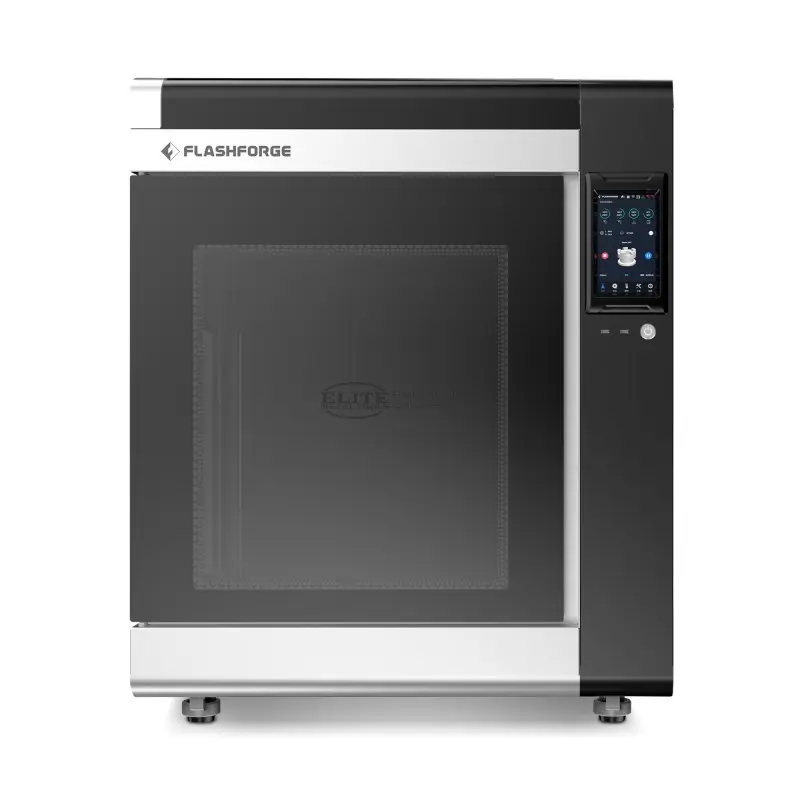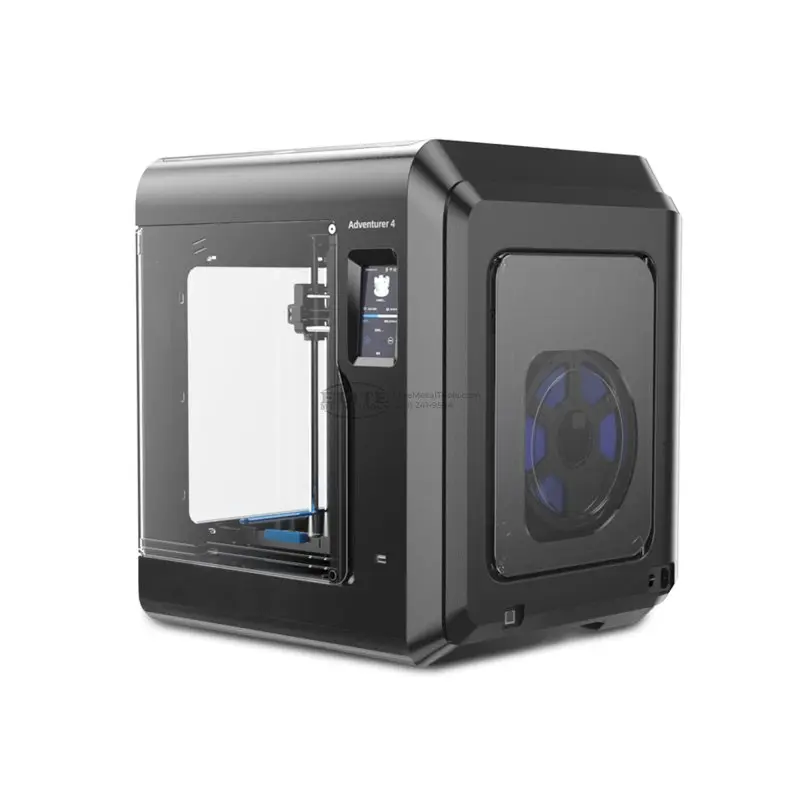Elite Metal Tools Articles
Industry news, tips, and updates on all things Elite Metal Tools
Lets Learn About- 3D Printers
The Lets Learn About Series is an excercise in which we try to anticipate the most common questions as they relate to the purchase of machinery and accompany them with the answers. If you have a question that you think would be a good fit please contact us.
3D Printing: A Comprehensive Guide to Consumer and Commercial Applications
3D printing, also known as additive manufacturing, is a revolutionary technology that has transformed the manufacturing industry. It is a process of creating physical objects from a digital design by adding layer upon layer of material until the desired shape is formed. In this article, we will explore the history of 3D printing, methods of 3D printing, consumer and commercial applications of 3D printing, and what the future holds for this technology.
A Brief History of 3D Printing
The first 3D printer was developed in the mid-1980s by Chuck Hull, the co-founder of 3D Systems. The technology was initially used for creating rapid prototypes for product development. It wasn't until the late 1990s that 3D printing began to be used for manufacturing actual end-use parts. Since then, the technology has continued to evolve, with new materials and methods being developed.
Methods of 3D Printing
There are several different methods of 3D printing, including:
- Fused Deposition Modeling (FDM): This is the most common type of 3D printing. It works by melting a plastic filament and extruding it layer by layer to build up the object.
- Stereolithography (SLA): This method uses a laser to cure liquid resin into a solid object, layer by layer.
- Selective Laser Sintering (SLS): SLS uses a laser to selectively melt a powdered material, layer by layer, to create the object.
- Binder Jetting: This method uses a liquid binder to bind layers of powdered material together to create the object.
- Material Jetting: Material jetting works by depositing droplets of material onto a build platform, which are then cured by UV light.
Consumer 3D Printing & Applications
Consumer 3D printing has become increasingly popular in recent years, with affordable printers now available for home use. Some of the most common applications of consumer 3D printing include:
- Prototyping: 3D printing allows inventors and product designers to quickly create and test prototypes of their designs.
- Customization: 3D printing makes it possible to create custom parts and products that are tailored to a specific individual's needs.
- Education: 3D printing is being used in schools to teach students about design and engineering, as well as to create models and other learning aids.
Commercial 3D Printing Today
Commercial 3D printing has been used in manufacturing for several decades, but it has only recently started to become more widespread. Some of the most common applications of commercial 3D printing include:
- Aerospace: 3D printing is being used to create lightweight parts for aircraft and spacecraft, which can help to reduce fuel consumption and increase efficiency.
- Healthcare: 3D printing is being used to create custom medical implants and prosthetics, as well as to print models of organs for surgical planning.
- Automotive: 3D printing is being used to create custom parts for high-performance vehicles, as well as for creating prototypes and tooling.
Commercial 3D Printing: What's to Come
As 3D printing technology continues to evolve, there are several new applications that are emerging. Some of the most exciting developments in commercial 3D printing include:
- Printing with Metal: Metal 3D printing is becoming more common, which opens up new possibilities for creating complex, high-strength parts.
- Large-Scale Printing: 3D printing is no longer limited to small parts. Large-scale printers are being developed that can print entire buildings and other structures.
- Bioprinting: 3D
3D printing is a transformative technology that has revolutionized the manufacturing industry. From its humble beginnings as a tool for rapid prototyping, 3D printing has evolved to become a viable method for producing end-use parts and products. With the advent of consumer-grade 3D printers, this technology is now accessible to everyone, making it possible for individuals to create their own custom products and prototypes. In the commercial world, 3D printing is being used in industries ranging from aerospace to healthcare to automotive. As 3D printing technology continues to evolve, the possibilities for its applications are endless. Whether it's printing with metal, creating large-scale structures, or even bioprinting, the future of 3D printing is exciting and full of potential.

